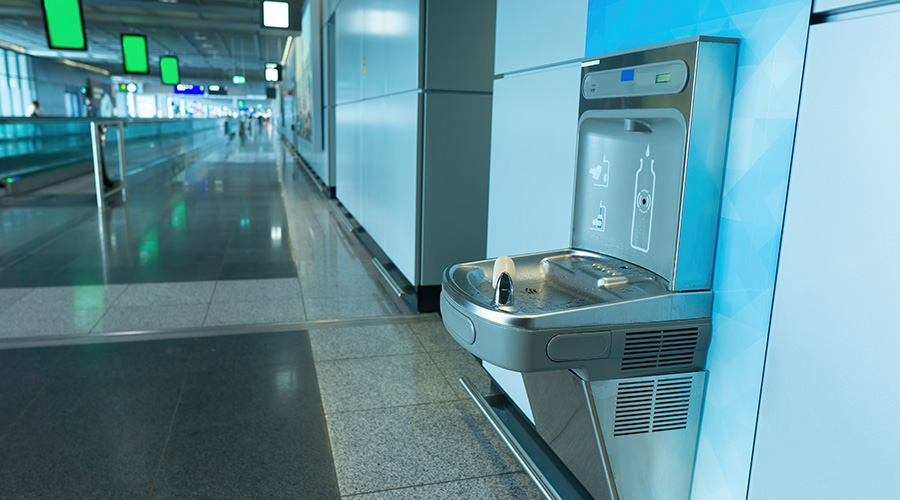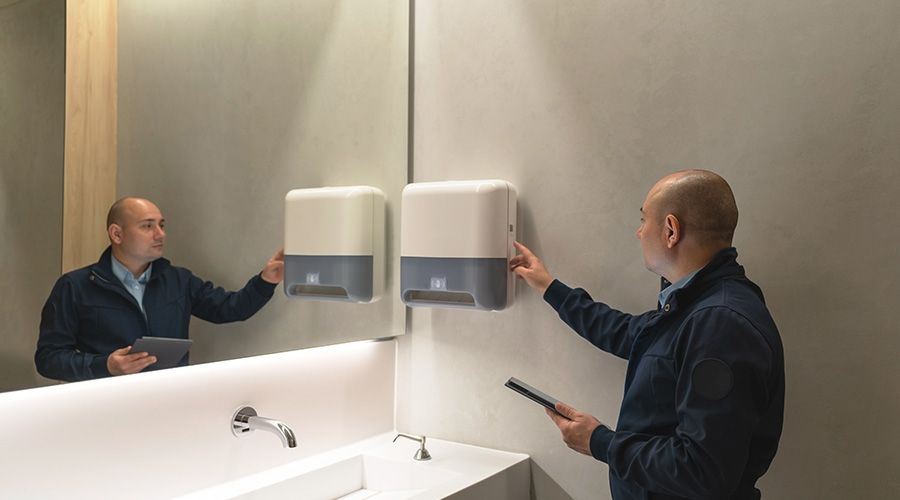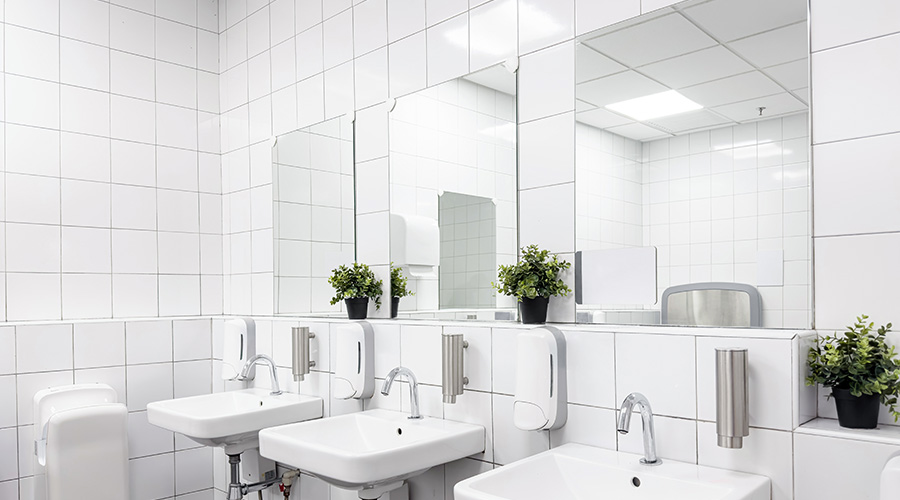Drain Cleaning: Finding and Fine-Tuning Training
Drain cleaning technology has advanced in recent years as manufacturers have sought to incorporate new technology in ways that address the evolving needs of end users in institutional and commercial facilities. One result is the emergence of increasingly complex equipment that, if used properly, can improve the reliability and efficiency of facilities' plumbing systems.
To ensure maintenance and engineering departments maximize their investments in new-generation drain cleaning equipment, managers can tap into the power of training. By identifying training needs for equipment users and researching training resources and formats, managers can select the most appropriate program based on technician needs.
Looking For Trouble
The troubleshooting phase can be the most difficult-to-master and time-consuming phase of drain cleaning. Most plumbing systems are in hard-to-access locations overhead, under floors, underground, and in walls. Technicians must find blockages and leaks before they can select the proper equipment to do the work. For this reason, this phase is the best place to start developing an effective training program.
Even when water is pooling on the floor, dripping from the ceiling, and running down the wall, it can be difficult to find the leak and cure the problem. Is it in the nearest trap? Is it in the branch line? Is it in a collector? A riser?
Sometimes, the problem is not a backup, but a slow drain. No water is visible. A gurgle and some odor are the only symptom. Again, is it the drain? Or is the problem that the vent stack is blocked with leaves or other solids, causing a vacuum?
A leak presents similar difficulties. Even if it is visible, its source could be far away from where water is visible. These are a few examples of issues that require detailed knowledge of the plumbing system in order to use effective troubleshooting techniques and equipment.
Successful training programs address four very important issues: how to find trouble spots, how to select the most productive equipment, how to effectively use the equipment under varying conditions, and how to set up a high-productivity preventive maintenance program that will provide a safe, cost-effective solution with minimum down time.
The drain camera is one of the most effective troubleshooting tools in drain cleaning. To get the best results, use a two-person crew — one to observe the screen showing the drain condition as the camera passes through the pipeline and one to alternately feed the camera cable into the drain line and retract it on the command of the person observing. The training also needs to educate technicians in system components, their capabilities and limitations, and proper coordination between the camera user and cable feeder.
Related Topics:













